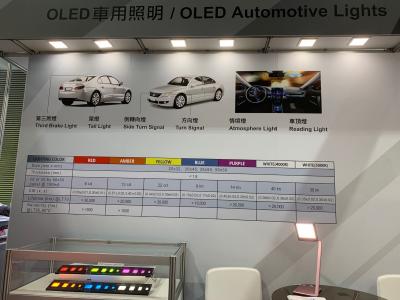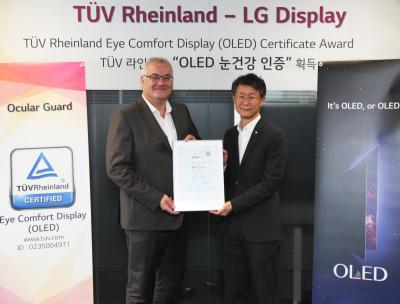Lumtec to expand OLED lighting production in Q4, set to IPO in Taiwan today
Taiwan-based Luminescence Technology (Lumtec) is set to debut today on the Taipei stock exchange emerging stock board. The company says that it plans to expand its OLED lighting production capacity in Q4 2019 from 150,000 50x35 mm panels per month to around 600,000 units.

Lumtec says that it sees a large demand coming from the automotive market for OLED lighting panels, and it expects its utilization rates to reach 100% in the current quarter. This means that the company sees around 450,000 panels shipping in this quarter, which seems highly optimistic, especially as it says that it has currently shipping samples for five companies with volume orders expected in 2020 and the demand from automotive companies is not likely to expand very quickly as first adoption comes from luxury cars.




